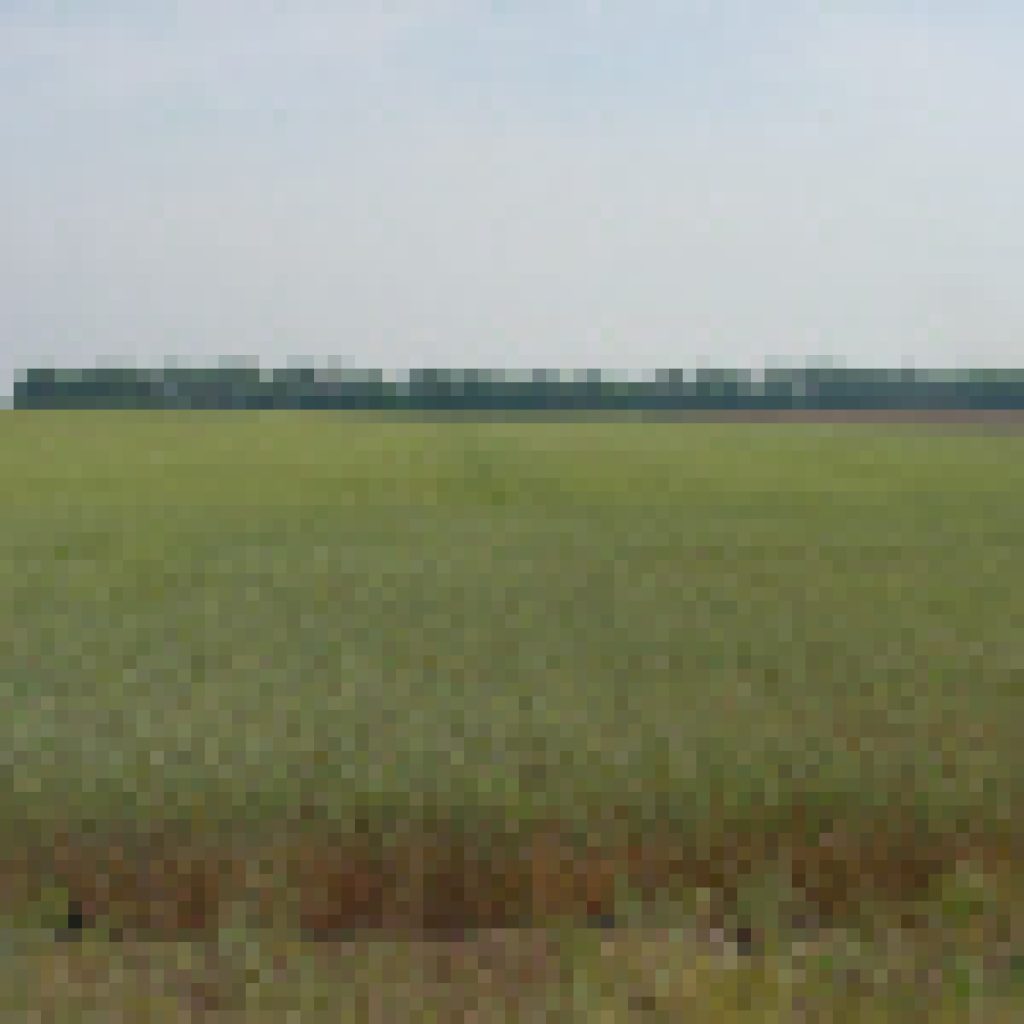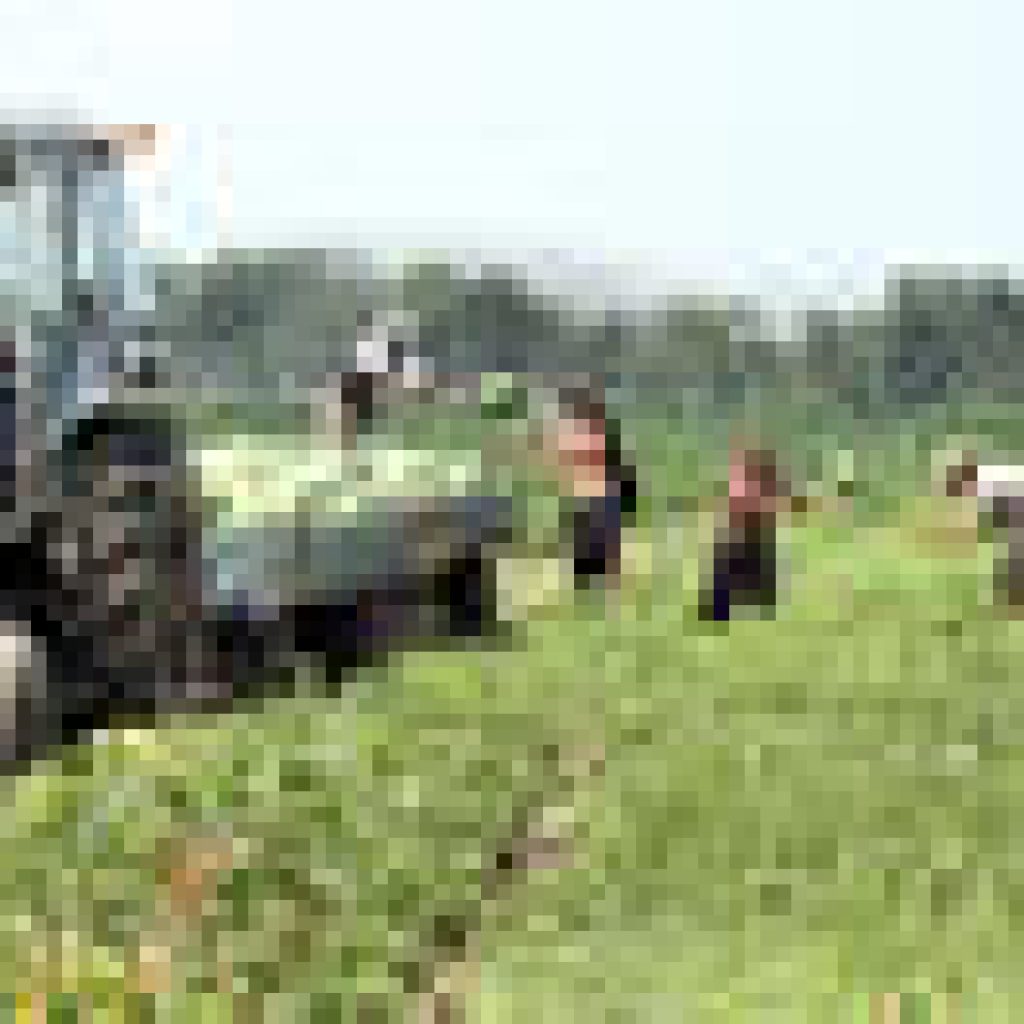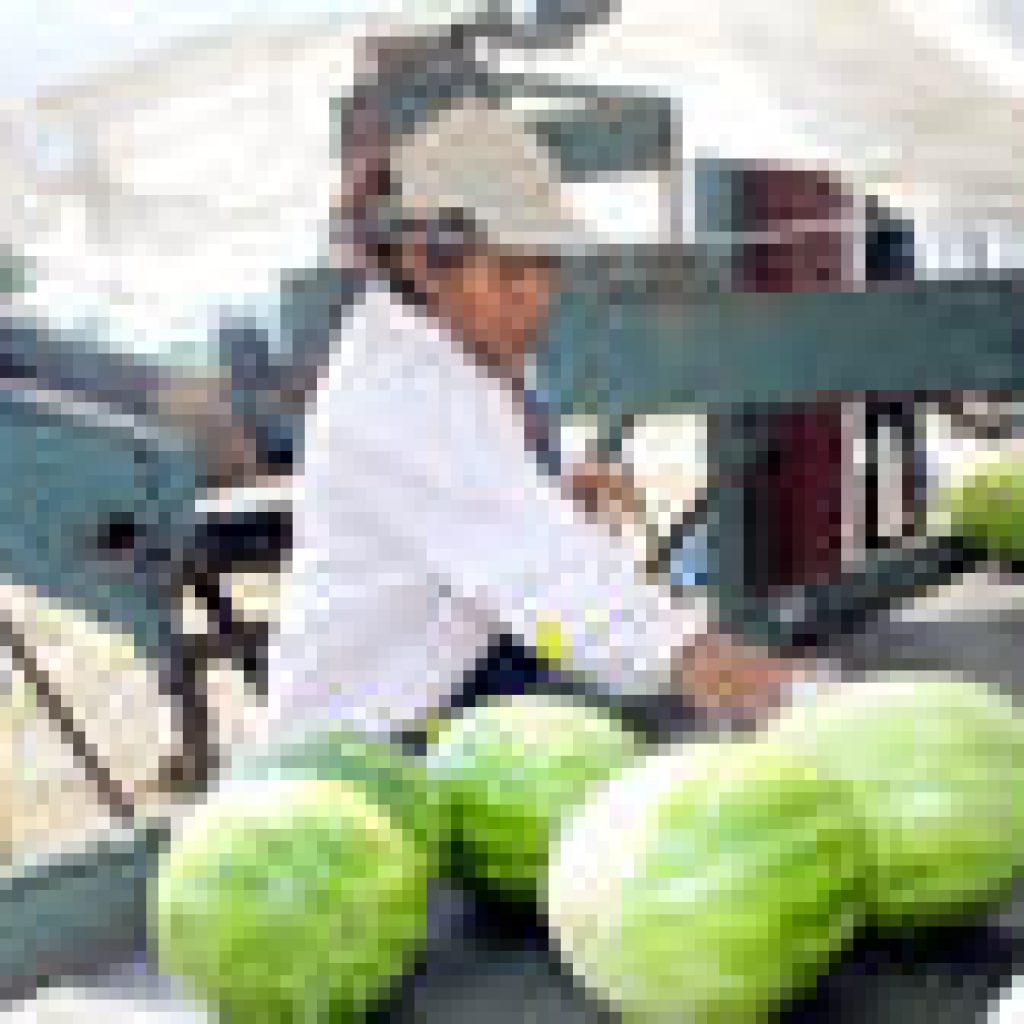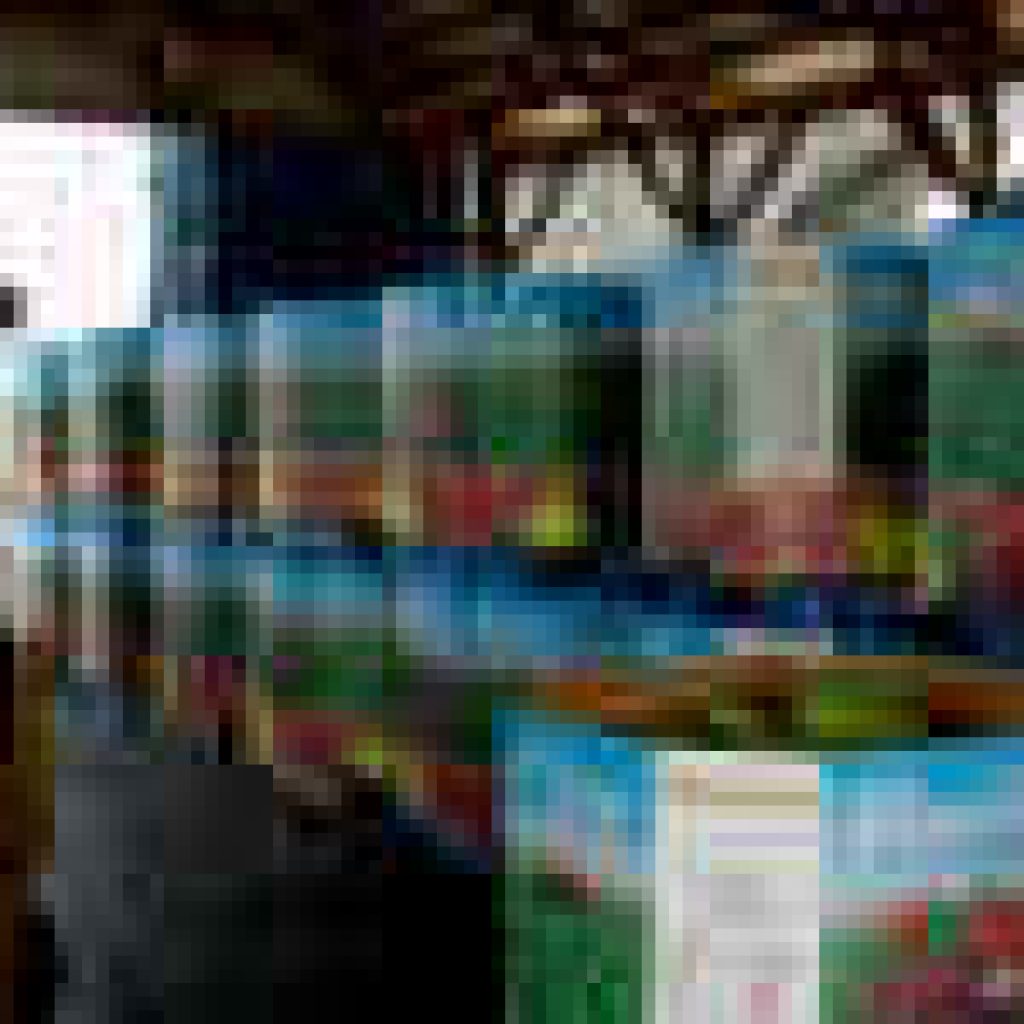Watermelon Production In Indiana and Illinois.
Over 70% of our production is produced in and around Knox County, Indiana. Most of that production is within 15 miles east and west of a 50 mile corridor running along US Hwy 41. It has been said many times that you can stand in one farm’s watermelon field and throw a rock in another neighboring watermelon field. Not that we would throw rocks at each other, or anything so crude.
We produce over 7,000 acres of watermelon on our farms. If you’re lucky enough to live close to our market areas you already know you can taste the difference. Many travelers stop at our roadside stands to experience the taste of Indiana and Illinois watermelon.
The sandy soil on which our watermelon are raised is enriched with trace elements and nutrients not normally present on the beach type sands of our southern neighbors. This soil was deposited here by the great glaciers of the Ice-Age, and the Wabash River has added nutrients to our soil every time it over flows. Truly, this contributes to our production of great tasting watermelon.
Included, here, are some photos showing the production and harvest of our favorite summertime treat.

Our production begins with the planting of the seed in a tray of cells filled with a highly fertile peat moss medium.

These trays are then placed in any of our greenhouses, where they are nurtured for 4-5 weeks until they are strong enough to with-stand the rigors of Mother Nature.

The fields have been prepared long before with a planting of rye to insure plenty of organic material in the soil to help hold moisture and provide food material for the growing watermelon plant.

The planting beds are then prepared, leaving strips of rye to protect against strong Spring winds that could damage unprotected young plants.

When Mother Nature promises reasonably safe temperatures for the young seedlings, they are transplanted from the greenhouses to the fields. Most are planted in a bed with a protective covering of plastic mulch.

Once planted in the fields, they are cultivated and monitored closely for pests and diseases. Fungicide is applied if necessary and additional fertilizer added at critical times throughout the plant’s growth.

It takes about 80-90 days to produce a ripe watermelon with this technique. After all the tender loving care our growers put into their crop, the plump, juicy watermelon begin showing signs of maturity, and the harvest is ready to begin.

When a field is ready for harvest, our watermelon crews enter the field, first with watermelon specialists, called cutters, and only the ripest watermelons are cut, loaded onto wagons and brought to the packing sheds.

When a field is ready for harvest, our watermelon crews enter the field, first with watermelon specialists, called cutters, and only the ripest watermelons are cut, loaded onto wagons and brought to the packing sheds.

These bins are then placed in trucks destined for our customers’ warehouses. These tasty watermelon will then make their way into the retail stores and finally to your table.